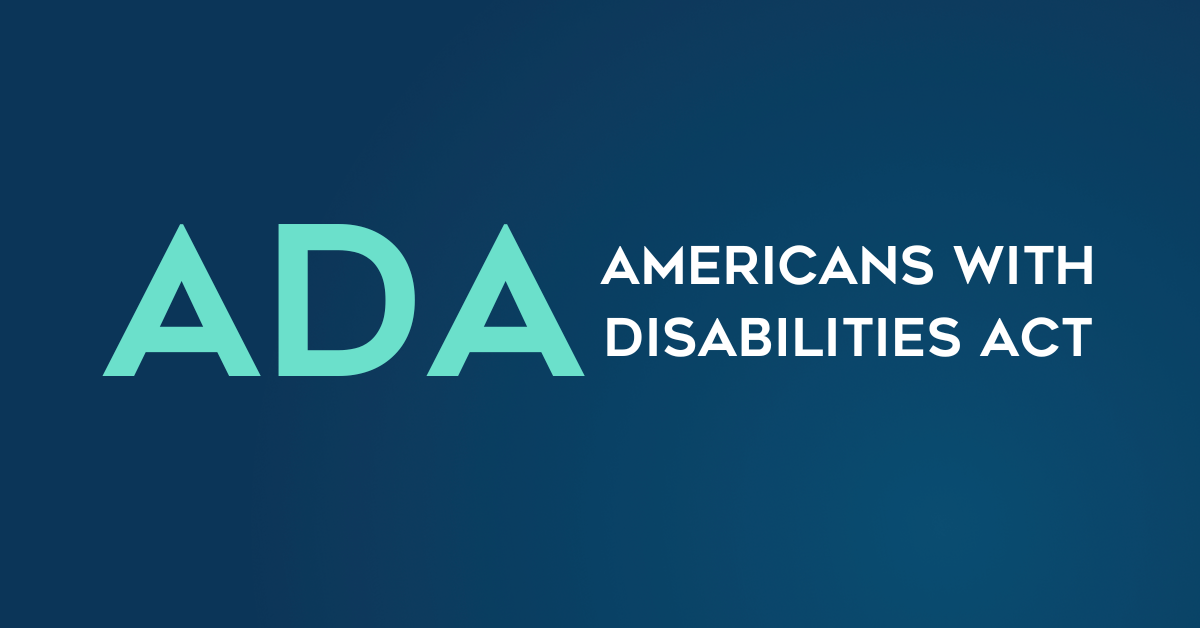HLB Honors International Day of Persons with Disabilities and World AIDS Day

In recognition of International Day of Persons with Disabilities and World AIDS Day, we recognize the history of the Americans with Disabilities Act (ADA). Signed into law July 26, 1990, this legislation established rights for people with disabilities, including people with HIV/AIDS. The purpose of the ADA – to provide comprehensive civil rights protections for people with disabilities (including those with physical impairments such as HIV), and to include people with disabilities in public life – has its roots in the Rehabilitation Act of 1973, which established that segregation on the basis of disability is a form of discrimination.
Following the passage of the Rehabilitation Act, advocates highlighted additional policy changes that would further the rights of people with disabilities. Much advocacy came out of the disability rights movement that started in the 1960s, and the Independent Living Movement, which sought to prioritize a person’s ability to make decisions about their own life, to promote equal access to society, and to shift away from viewing a person with a disability as a patient in need of medical care. Early leaders in the movement included Lex Frieden, Judith Heumann, and Ed Roberts. Among the many leadership roles these individuals went on to hold, notably, Frieden served as executive director, and later, as chairperson, of the National Council on Disability; Heumann served as Assistant Secretary of the Office of Special Education and Rehabilitation Services; Roberts served as Director of the California Department of Vocational Rehabilitation.
As to the ADA’s path into law, the National Council on Disability issued a report in 1986 that guided the drafting of the first version of the ADA. The report, called Toward Independence, was based on hearings and interviews with people with disabilities across the United States. Frieden was a key figure in preparing the report during his time serving as the Executive Director of the National Council on Disability. In 1988, Senators Tom Harkin and Lowell Weicker introduced the first draft of the legislation that the National Council on Disability discussed two years before.
Also in 1988, the president’s HIV/AIDS Commission issued a report that called for legislation to advance the legal rights of people living with HIV/AIDS. The HIV/AIDS Commission report, along with Toward Independence, helped set the stage for the legislation that would ultimately become the ADA.
In 1989, a new version of the ADA bill was introduced. Following intense negotiations between Congress, the White House, and an extensive coalition of disability advocates, the bill ultimately passed out of the House and the Senate in 1990. The final legislation included a broad scope of public accommodations, and covered private entities that serve the general public. However, enforcement and remedies were narrowed from prior versions of the legislation. The ADA provides that people with disabilities are entitled by law to the same opportunity for employment, purchasing goods and services, and participating in government programs at the state and local levels. People who have HIV (symptomatic and asymptomatic), are protected by the ADA because they have physical impairments that substantially limit one or more major life activities or bodily functions. The ADA also protects people who face discrimination because of a relationship with an individual who has HIV. Other key areas the ADA covers include public transit, telecommunications, and businesses and nonprofits that provide services to the public.
This month, in recognition of International Day of Persons with Disabilities and World AIDS Day, HLB honors the ADA’s important civil rights protections and advancements in quality of life for so many people over the past 33 years.